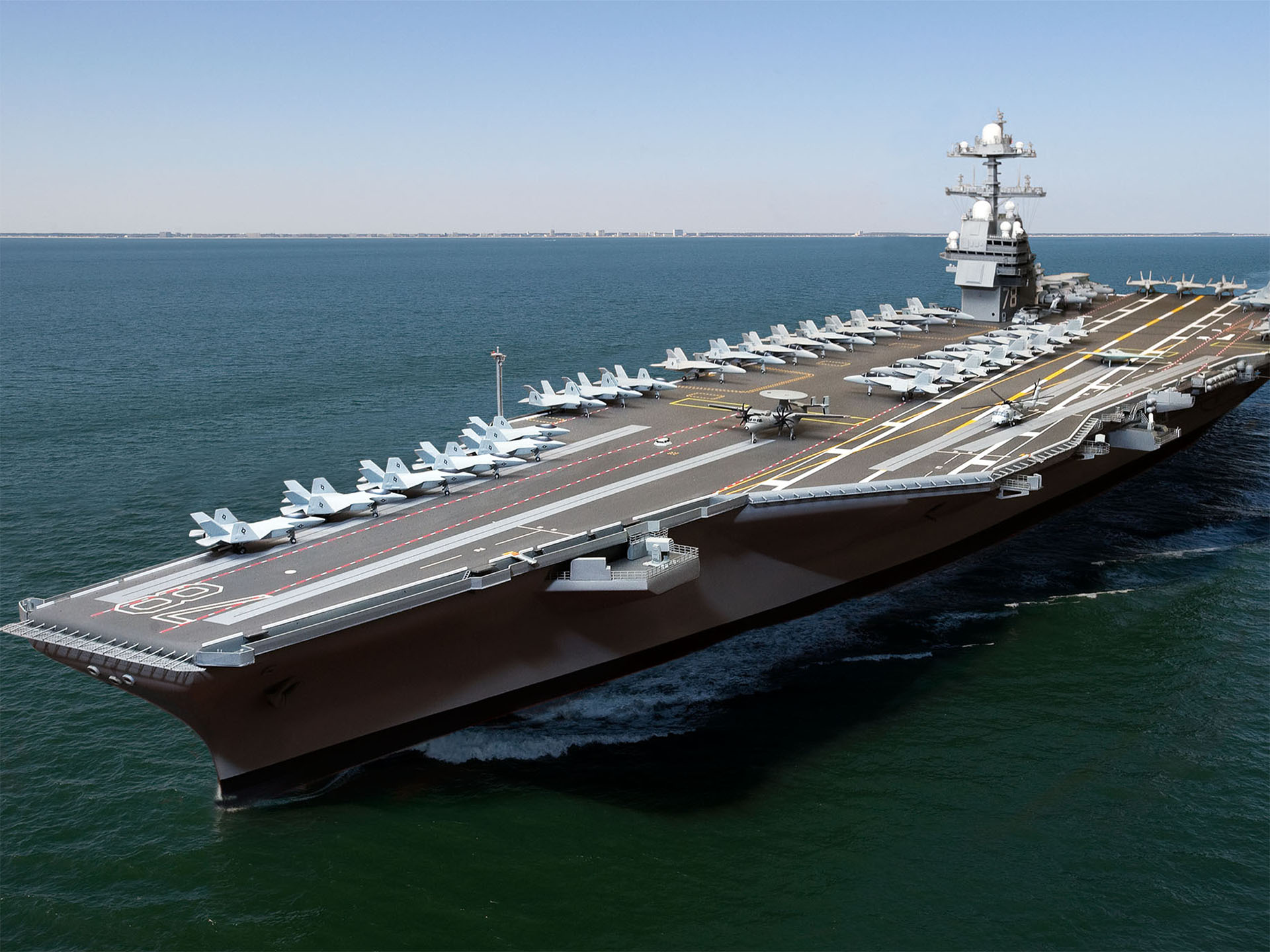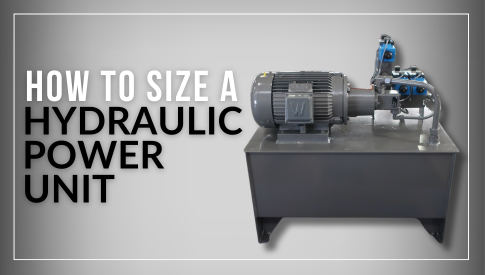Ballast control systems are an integral part of many types of vessels, including deepwater oil & gas drilling rigs, container vessels, autonomous spaceport drone ships, military aircraft carriers, landing support vessels, combat ships and much more. Depending on the vessel, the ballast control system has a variety of functions, but all have the same basic components. This article will review the basic components of a ballast control system and consider some of its functions.
Ballast Control System Components
Ballast tanks – these tanks hold the water that ballast the ship. They are located in strategic locations on the vessel to help balance the load of ballast and allow controllability of the ballast weight, depending on its function. Depending on its size, a vessel may use just one ballast tank to as many as over 16 strategically located throughout the vessel.
Valve/Actuator Assemblies – valves control the flow of water based on commands from the central control system. Actuators control the valve opening/closing and can be hydraulic, powered by a network of hydraulic lines running throughout the ship. In newer versions of ballast control systems, the valves are often electrohydraulic and only require an electric signal to change position, thus eliminating the need for hydraulic piping.
Flow Meters & Transmitters – sensors located inside the ballast tanks. These sensors detect levels of water and communicate messages back to the control center. These messages allow an operator to accurately operate the ballast system.
Control Stations – for the sake of redundancy, topside controls stations are usually located on the deck of the vessel, in close proximity to each ballast tank (I/O control cabinets). All control signals would also run to central control system, which is the primary used system and is usually located in the ship’s bridge or main control room.
Ballast Pump Skid Control – this is the main power unit with the suction pump to remove water from ballast tanks and control main power for valve actuators on each ballast tank.
Examples of Ballast Control System Functions
Deepwater platforms (7,000-20,0000 ft. drilling) may use ballast control systems for a couple different purposes. First, when the platform is static, it will be anchored to the ocean floor with a large cable system. The ballast system is used at the initial anchoring to ballast up to the cable system and provide small changes during the duration of the vessel anchoring to adjust for storms or other extreme weather conditions. Dynamic ocean platforms (not anchored, free-floating), which are typically used for the deeper oil & gas drilling, as well as autonomous spaceport drone ships to catch rockets, constantly use ballast control systems to balance deck loads despite changing sea conditions and keep the floating vessel in a secure location.
A second example of ballast control systems occurs with military vessels. For vessels transporting equipment from the water to the shore, the ballast control system is used to sink the front of the vessel and allow the equipment to easily offload into shallow water. In larger combat vessels, ballast systems are built to provide extra security in case the vessel encounters a strike during battle. The vessel can take on ballast in one area to counteract the damage in another area of the vessel.
Ballast systems are often complex and custom designed for each vessel. Supreme Integrated Technology, Inc. partners with customers in marine, aerospace and military industries to help design, build and test systems used in the most difficult operating conditions. Contact Supreme Integrated today for assistance with your next ballast system project.




